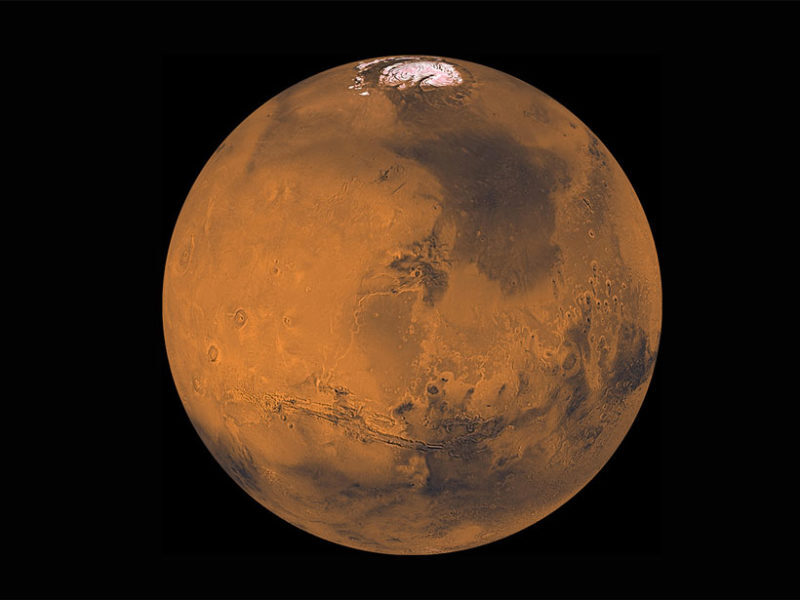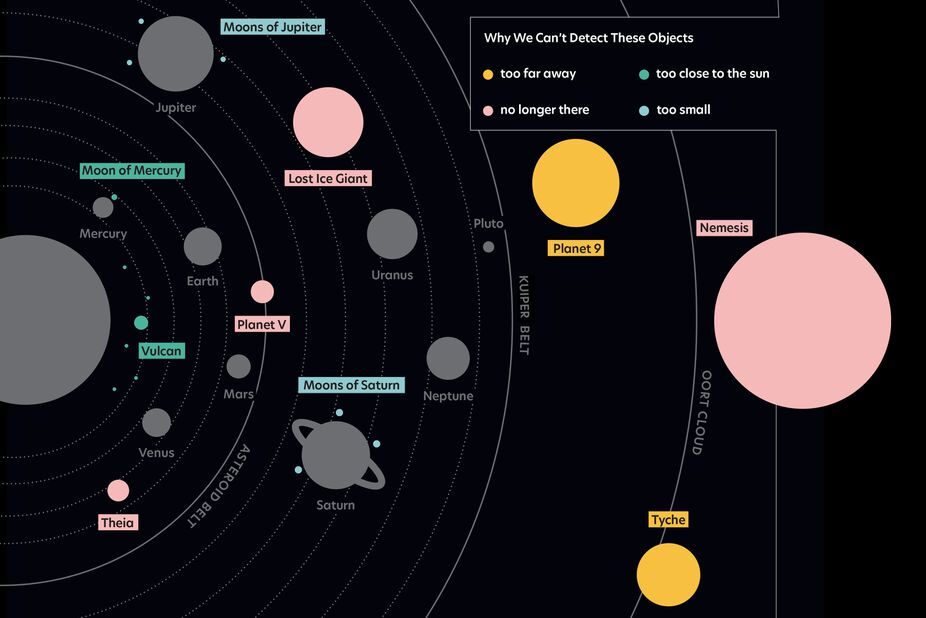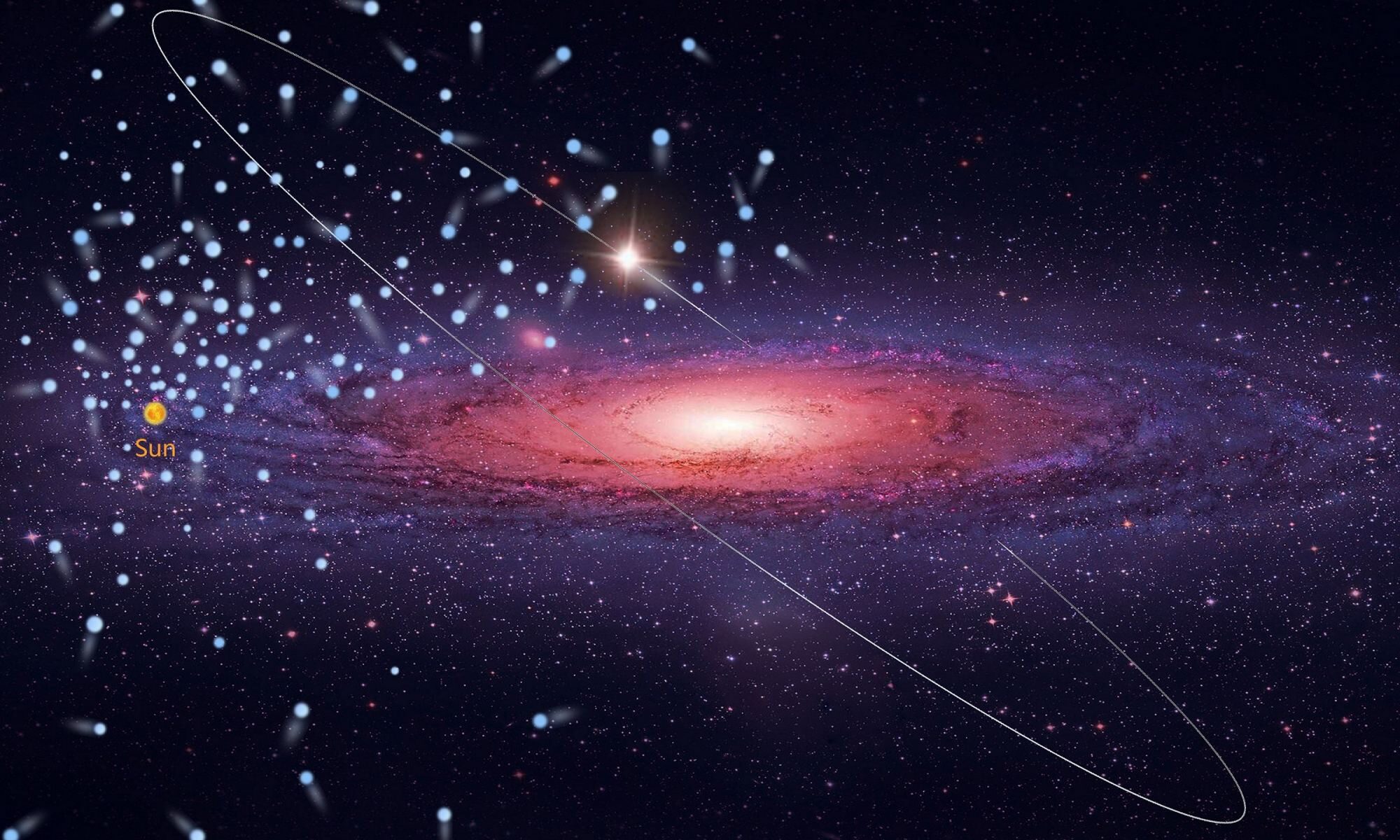"The joyous thing about this research is to see that the relationship between the spins of two individual electrons can have a major effect on biology," said Professor Jonathan Woodward from the University of Tokyo, who conducted the research with doctoral student Noboru Ikeya. The results were recently published in the Proceedings of the National Academy of Sciences of the United States of America (PNAS).
Researchers have suspected since the 1970s that because magnets can attract and repel electrons, Earth's magnetic field, also called the geomagnetic field, could influence animal behavior by affecting chemical reactions. When some molecules are excited by light, an electron can jump from one molecule to another and create two molecules with single electrons, known as a radical pair. The single electrons can exist in one of two different spin states. If the two radicals have the same electron spin, their subsequent chemical reactions are slow, while radical pairs with opposite electron spins can react faster. Magnetic fields can influence electron spin states and thus directly influence chemical reactions involving radical pairs.
Statistical analysis of the light intensity in videos data revealed that the cell's fluorescence dimmed by about 3.5% each time the magnetic field swept over the cells. © Ikeya and Woodward, CC BY, originally published in PNASDOI: 10.1073/pnas.2018043118













Comment: See also: